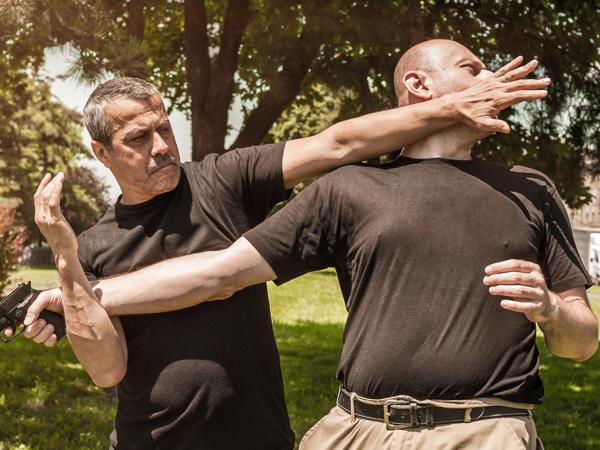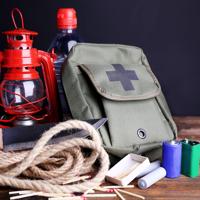Self-defense is an essential skill that can enhance personal safety and confidence. Whether walking home from work or traveling to unfamiliar areas, having some basic techniques in your repertoire can help you feel more secure. Here’s a thoughtful look into some self-defense basics that can be quite useful for anyone.
Understanding the Basics
The foundation of self-defense is not about seeking confrontation but knowing how to protect oneself if a situation arises. It is about self-protection, creating strong boundaries, and understanding when to walk away.
Stay Aware of Your Surroundings
The first step in self-defense is being aware. Understanding what’s going on around you and recognizing potential threats can be crucial. Simply being alert can often deter potential attackers.
Consider the following:
- Observe your surroundings as you walk. Be cautious of alleyways, parked cars, and shadows.
- Limit distractions like using a phone or listening to music with both earbuds in.
- Walk with confidence and keep your head up.
Trust Your Instincts
Your intuition can be a powerful tool. If something feels off, it probably is. Trusting your instincts can sometimes be more beneficial than logic.
Key points:
- If you feel uncomfortable in a situation or place, it is okay to leave.
- Don’t ignore that uneasy feeling; it might be your senses picking up on something your conscious mind hasn’t yet.
Simple Physical Techniques
Sometimes, situations may require physical action. Here are a few simple techniques that can be helpful:
Target Vulnerable Spots
Focusing on an attacker’s vulnerable areas can be effective. These include the eyes, nose, throat, and groin.
Examples:
- Eyes: You can use your fingers to jab the eyes, disrupting the attacker’s vision temporarily.
- Nose: Using the heel of your palm, strike upwards into the attacker’s nose.
- Throat: A quick chop or jab to the throat can cause discomfort and coughing, offering precious seconds to escape.
- Groin: A knee or kick to the groin can incapacitate an attacker momentarily.
Break Free from Holds
Knowing how to break free from an attacker’s grip can be vital.
Wrist Grabs:
- Solution: Twist your wrist toward the attacker’s thumb because it is the weakest part of their grip. Pull sharply to break free.
Bear Hugs:
- Solution from behind: Stomp on their foot, headbutt backward, or thrust your elbows back to loosen the hold.
Use Everyday Objects
There’s often something around that can be used to defend yourself.
Examples:
- Keys: Hold them between your fingers to strike.
- Pens: Can be used as a stabbing instrument.
- Bags: Swing a bag to create distance between you and the attacker.
Consider Self-Defense Classes
Taking a self-defense class can build confidence and reinforce these techniques. Classes usually cover practical skills and provide a safe environment to practice.
Suggested Classes:
- Krav Maga: Known for its realistic approach, focusing on quick responses to threats.
- Jiu-Jitsu: Offers techniques to escape from holds and ground attacks.
- Muay Thai: Great for learning effective strikes using fists, knees, and elbows.
Practice Regularly
Like any skill, self-defense requires practice. Regularly practicing your techniques will help you react more naturally in stressful situations.
You can practice by:
- Attending refresher courses periodically.
- Practicing moves at home, focusing on form and accuracy.
Conclusion
Self-defense is an empowering skill with profound personal value. While this guide touches on some basic techniques, it is by no means exhaustive. Being aware, trusting your instincts, and knowing a few simple tactics can go a long way in keeping you safe.
If you would like more tailored guidance, consider reaching out to local self-defense instructors or community centers offering classes. Each person’s journey in learning these skills is unique and shaped by personal needs and circumstances. Remember, the goal is to prevent harm and ensure safety.




